WATCH ABOVE: The Wildlife Rehabilitation Society of Edmonton cares for many of northern Alberta’s injured and orphaned animals. The number of animals in need of help is up and funds are low. As Lisa Wolansky explains, the future of the centre is in jeopardy.

EDMONTON — The Wildlife Rehabilitation Society of Edmonton (WRSE) is on pace to help more animals this year than ever before, and because of a “significant decrease” in donations, it’s asking for help.
“The wildlife that we take in, the calls that we get on a daily basis, the number of arrangements that we make… that’s just increased hugely,” said Tamie Perryment, the society’s executive director.
“I think that a lot of people are just being cautious and hanging on to their money, I can understand that. However, the organization needs support.”
The WRSE has been in business for 26 years. Each year, the charitable organization provides care for thousands of injured, contaminated and orphaned wildlife. Last year, the society provided care to 1,800 animals. So far this year, it’s treated 1,650.
On top of the increased service, Perryment said the organization’s individual and corporate donations are down by 36 per cent this year over 2014.
“There is a huge concern,” she said. “It’s very difficult to provide the increased service when you don’t have the increase in donations or funding in order to sustain you. We would have to cut back.”

Get breaking National news
Perryment is calling on the municipal and provincial governments to step in to help. She said if more funding doesn’t start coming in soon, difficult decisions and cut backs will have to be made as soon as this fall.
“This is a city concern and a provincial concern. I would like to see sustainable funding for our organization from the city. I would like to see an increase in donations. I would like to see the province also be supportive in terms of a wildlife strategy for all the rehabs within the province, financially and with a plan,” Perryment explained.
READ MORE: Wildlife rehab group disappointed most of 122 oiled birds euthanized
The Medicine River Wildlife Centre, which serves central Alberta, is also in a bit of a bind. While the organization’s operating budget is fine, the facility it is in desperate need of renovations.
“We are continually busier and busier. The demand for our services is literally through the roof,” said executive director Carol Kelly.
The wildlife centre operates out of a building that is more than 20 years old. Kelly said it was built on a “shoestring” budget and it’s falling apart – the heating system no longer works and the plumbing is on its “last leg.”
“If we don’t have a warm facility at least closed in by the time it’s cold this fall, this winter, we will not be able to take in wild animals because we don’t have a building that’s warm anymore.”
Plans are currently underway for a two-stage renovation, the first stage being an $875,000 hospital facility. But the facility needs another $400,000 to make it a reality.
“We don’t like to push the crisis button and sound desperate but we did about a week and a half or so ago,” said Kelly.
Kelly said the centre has since received several calls from people wanting to offer support.
“Things are beginning to move at this point,” she said. “I am the eternal optimist.”
Kelly hopes all of the wildlife rehabilitation centres in Alberta can somehow work together to share ideas on how to overcome hard times in order to be successful.






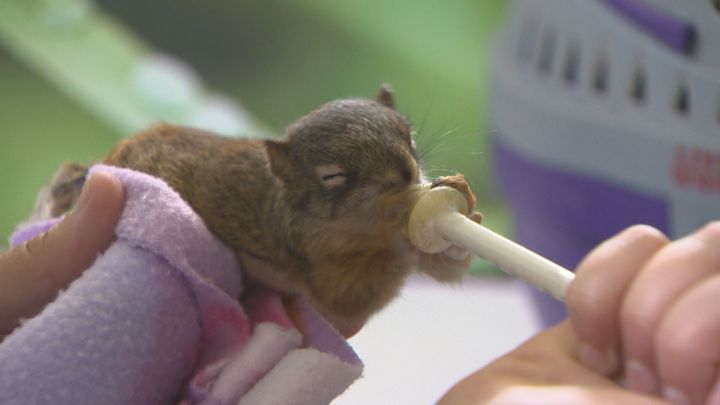

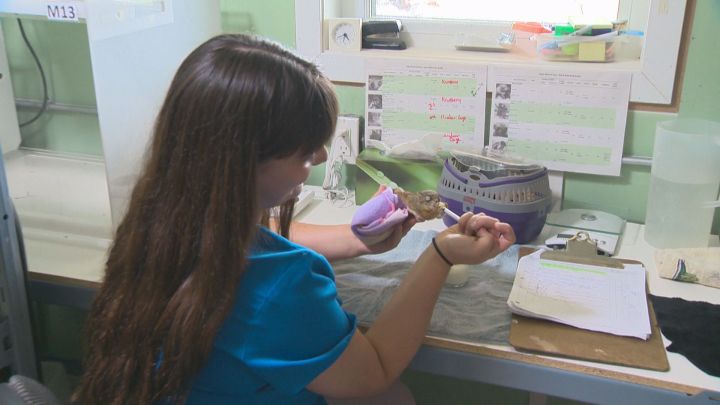



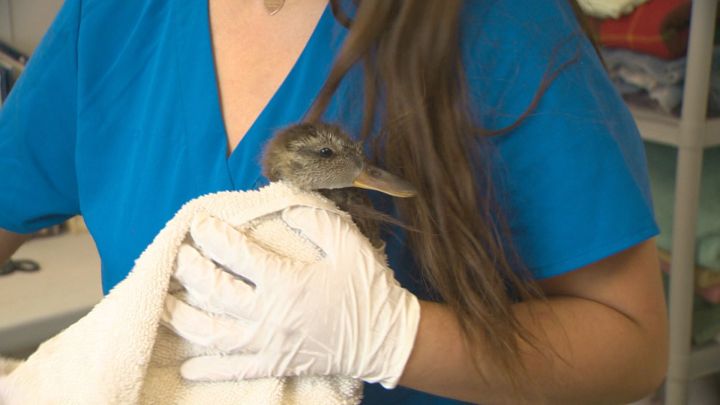

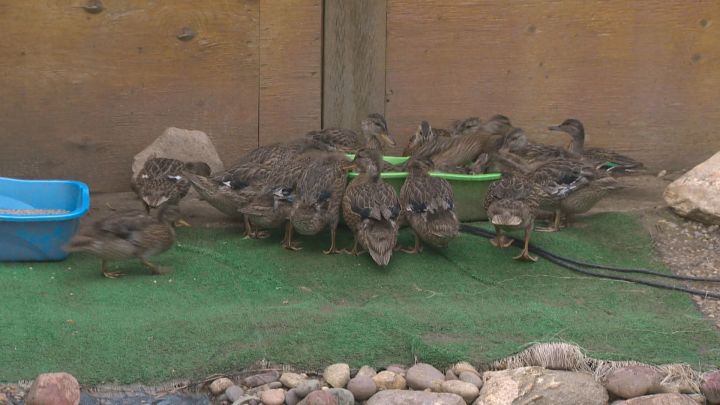

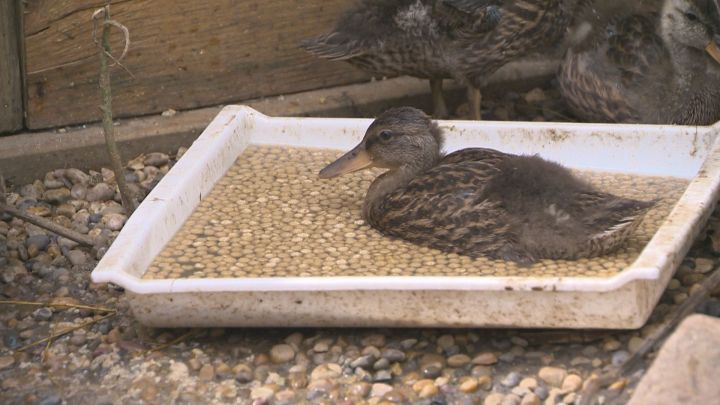

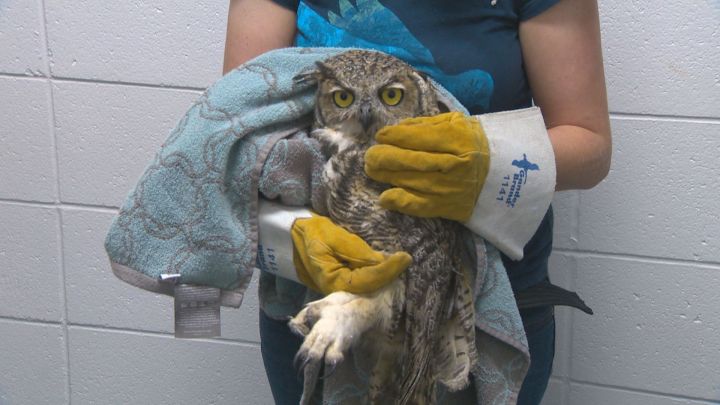

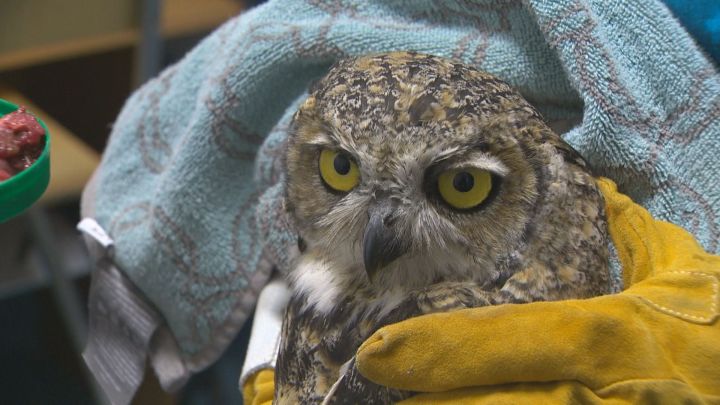

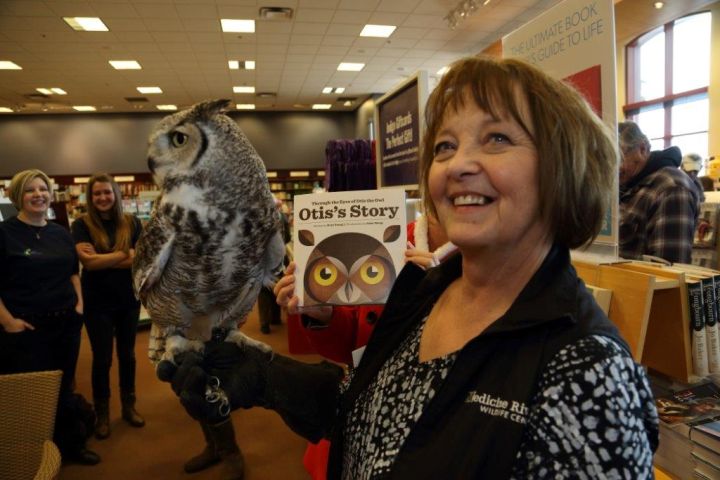

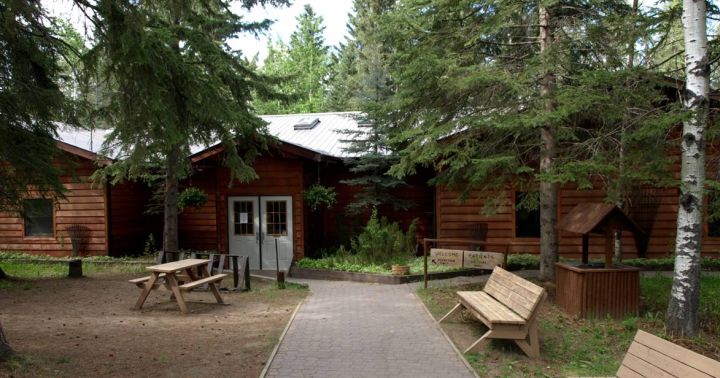

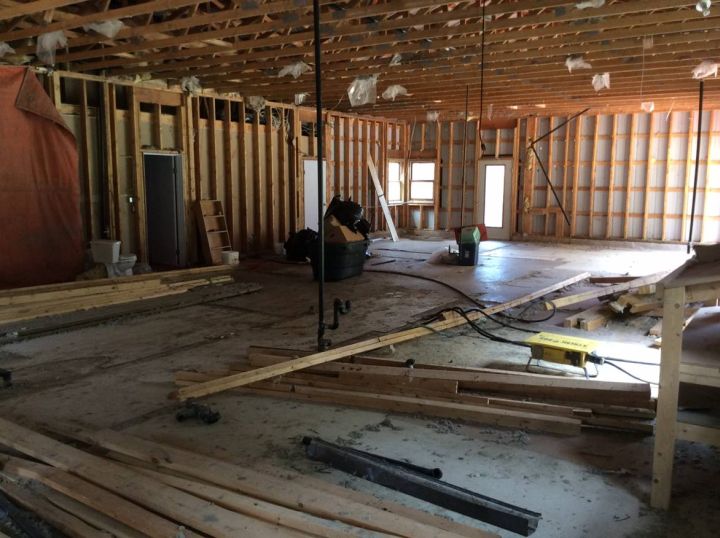

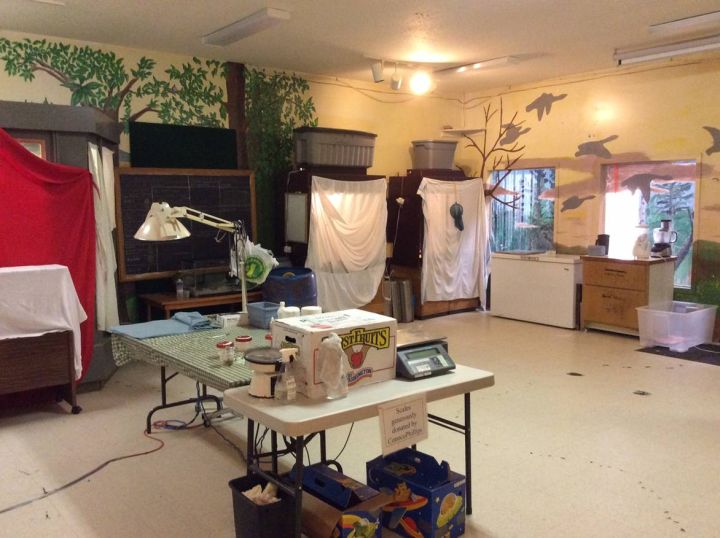

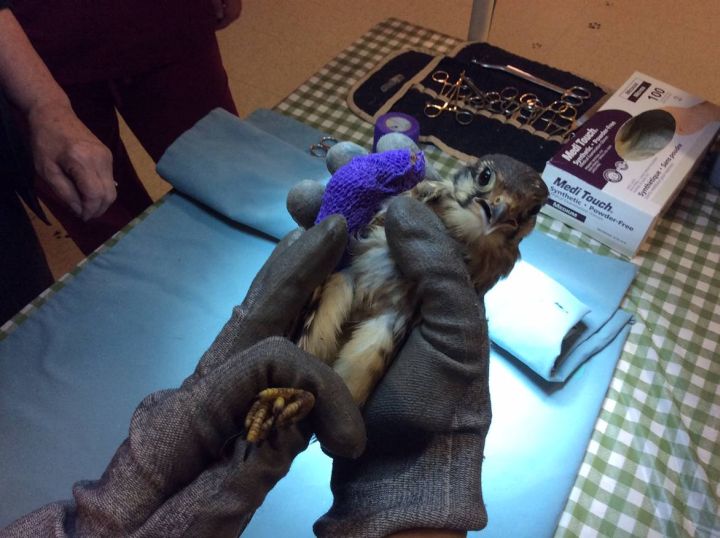
Comments